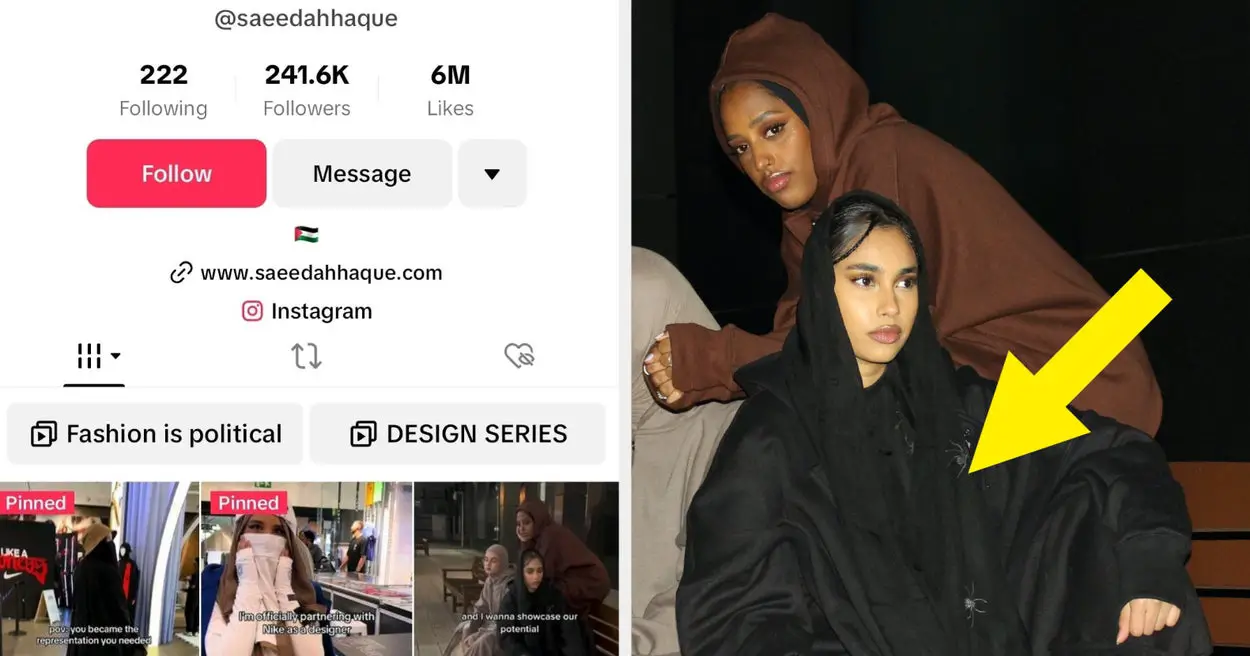After noticing a shocking number of legal disputes that involved challenging dress codes, Stanford legal scholar and professor of law Richard Thompson Ford, who teaches employment discrimination and civil rights law, began researching historical fashion laws. In 2021, he published his findings as a book called Dress Code: How the Laws of Fashion Made History. In it, Richard argues that people have historically used dress codes to enforce political control and social hierarchies. As a result, fashion has long served as a tool in social activism to challenge norms by introducing new political models and subtly asserting social status. For instance, in the Middle Ages and the Renaissance, people resisted “sumptuary laws” that dictated clothing based social status.
Perhaps more familiar for Americans, Black civil rights activists in the 1950s–’60s demonstrated in their “Sunday Best” — meant to emulate the white middle class — to assert their dignity and demand respect. “There were laws in the United States at times that required Black people and slaves to dress in clothing that was considered appropriate to their status, which was the lowest status,” Richard told Stanford News. “For Black people to dress in a manner that was elegant and refined was a challenge to that type of power structure and that’s also part of what was going on with the Sunday best attire in the civil rights struggle.”
By the 1970s–’80s, The Black Panthers adopted a quasi-military style, recognizing the importance of aesthetics in political change and appointing a Minister of Culture. This awareness led to the emergence of the “Black is beautiful” movement, which deliberately addressed the political aspects of racial aesthetics and constructed a new Black aesthetic, reshaping prevailing beauty standards to embrace the Black community rather than emulate white aesthetics.
Source link







Leave a Reply